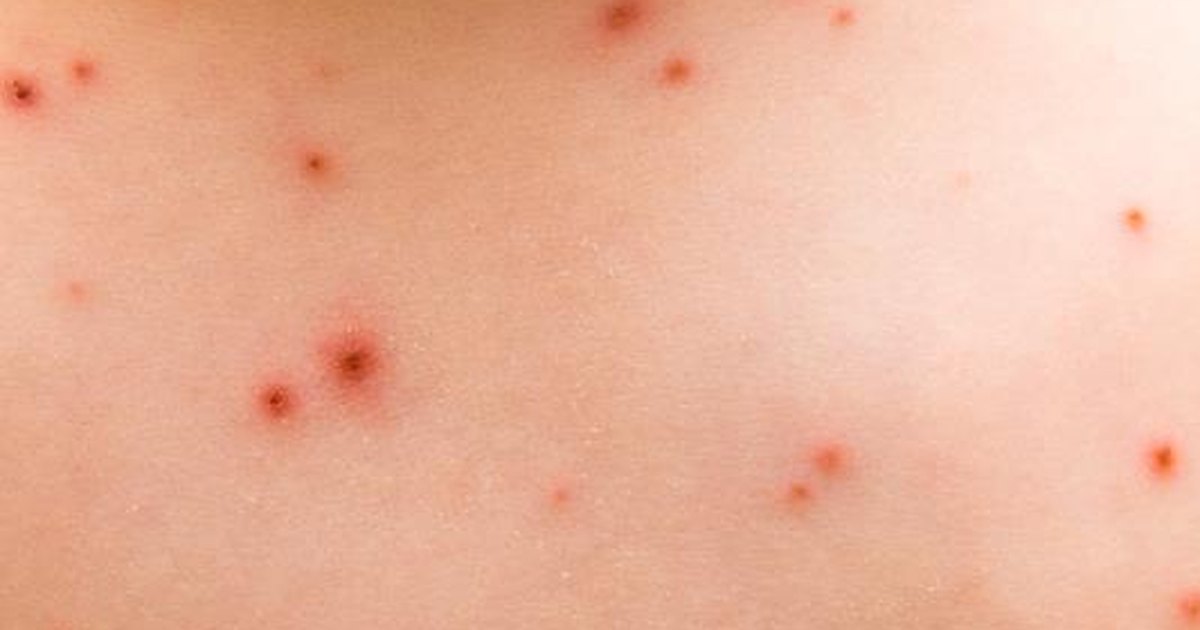

Teach your child what these plants look like and how to avoid them.

Other plants-such as wild parsnip, giant hogweed, and citrus-contain chemicals that make skin hypersensitive to sunlight and cause a phytophotodermatitis rash. An allergic skin reaction causes redness, swelling and blisters. Many children get a burning, intensely itchy rash where their skin touches plants-such as poison ivy, poison oak, sumac-containing a sticky oil called urushiol. Leave areas open to air without clothing. Wash areas of the skin that stay wet with sweat, urine, or drool with cool water. If possible, use fans and air conditioning to avoid overheating. Dress your child in clothing that keeps the skin cool and dry. The rash looks like patches of small pink or red bumps or blisters under clothing or spots where skin tends to fold-on the neck, elbows, armpits, or thighs-although heat rash can occur on other covered areas. Heat rash ( also known as prickly heat or miliaria) is seen most often in babies and young children when sweat gland pores become blocked and perspiration can't escape. Balmy weather also can lead to itchy, irritated skin.Ĭheck out the list from the American Academy of Pediatrics (AAP) to see how you can help prevent, identify, and soothe these common summertime skin rashes. Sunny days and starlit evenings spent playing, splashing, and exploring can leave kids with more than warm summertime memories.


 0 kommentar(er)
0 kommentar(er)
